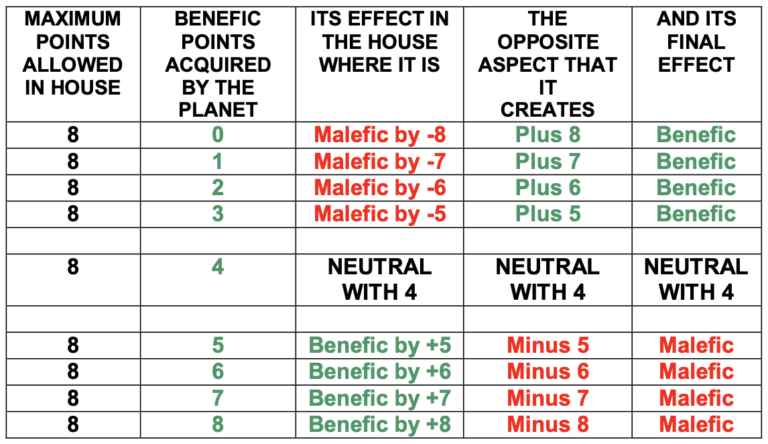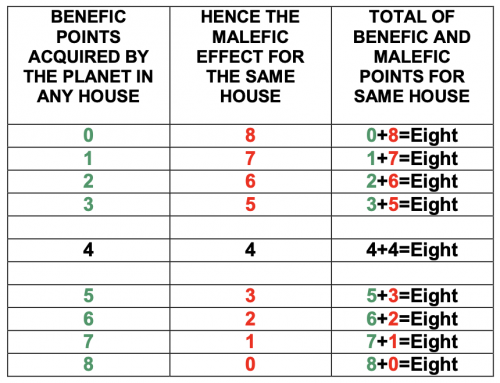KAS Astrology Lessons
Krushnaji had written a series of lessons on KAS during 2000-2002 and he made them available to KAS Yahoo Group members. Mrs. Donna Quinn was kind enough to proof read the lessons and fix typos and grammar to make the lessons easily comprehensible. I am reproducing the KAS lessons here to support new KAS students. The only change I have made is to provide screen shots of charts from online KAS software which uses an improved KAS ayanamsa value than the one that students were using during 2000-2002.
Lesson 3: Planetary Aspects
- All planets aspect the 7th house from themselves.
- Saturn aspects the 3 , 7 , and 10 house from itself.
- Mars aspects the 4 , 7 and 8 house from itself.
- Jupiter aspects the 5 , 7 and 9 house from itself.
Here is one question that arises: How can a benefic planet aspect its enemy’s house or its neecha rashi by benefic sight?
Certainly it will not as it can only malefically aspect its enemy’s sign. If any planet is in its exalted sign, such as Jupiter in Cancer, its aspect will be on Capricorn, which is its neecha rashi.
Malefic and Benefic Planetary Aspects Table

As you can see in the chart above, the maximum amount of points that any house can receive in the Bhinnashtakavarga chart is 8. By subtracting the benefic points from the maximum allowance of 8, we can easily see the balance of malefic points. If the malefic point balance is more than the benefic point balance, the malefics are the dominating factor for the house. If the benefics outnumber the malefic balance, then the benefic factor dominates the house. Planets having more than 4 points, aspect malefically and planets with less than 4 points, aspect benefically. (In Western astrology, similar results are indicated) In Hindu astrology opposite house rulers are enemies of each other.

If a malefic planet is situated in any particular house, then the results pertaining to that house are said to be spoiled. In fact every house is said to represent more then one event in the life. For example, the fifth house represents education, children, intelligence, emotions, fame and house of crown etc. The presence of any malefic planet in the fifth house should spoil all the above results. But it is not so in every case. Suppose a chart has Cancer as a lagna, and Saturn is situated in the fifth house of Scorpio. Saturn, being a malefic, should give ill results for the things represented by the fifth house. At the same time, Saturn will be aspecting the seventh, the eleventh, and the second house, so it should also spoil the results concerned with all these houses. But it is not experienced in even 1% of the cases. The result is quite different than this.